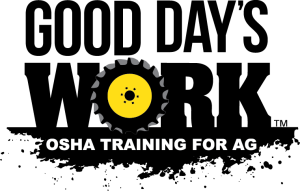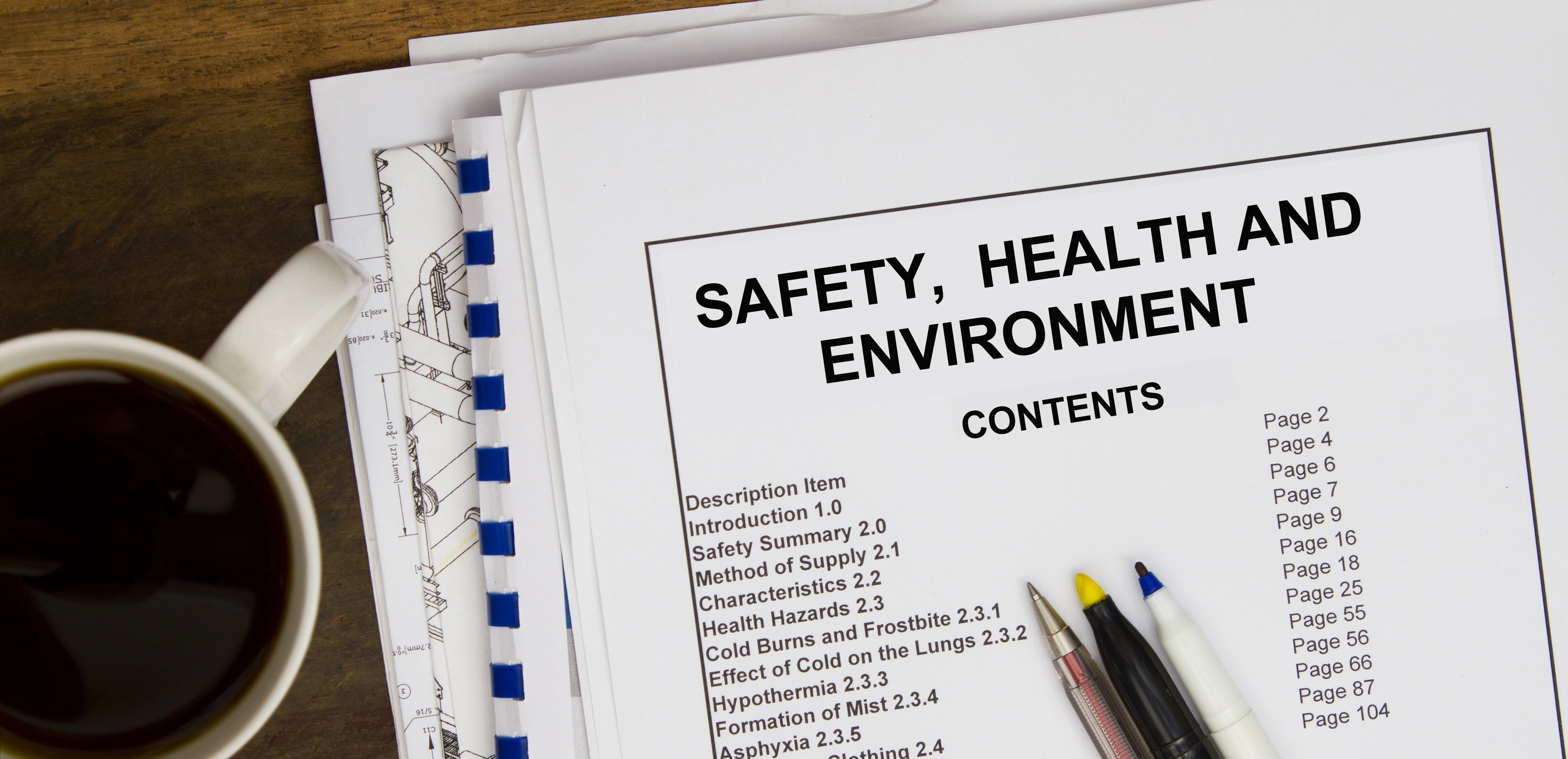Running an agriculture operation is hard work. It’s also dangerous work. Every year agriculture finds itself at the top of the list of the ten most dangerous industries in the United States. Little wonder, then, that OSHA has started paying more attention to farms, feedlots, dairies, and other ag operations. And with the cost of OSHA citations increasing, farmers and ranchers simply can’t afford to let unsafe operating practices go overlooked.
Topics: safety director, safety culture, safety training program
Farm Safety Training In-Depth: Keeping Confined Spaces Workers Safe
Chances are good your agriculture operation has buildings or structures that are considered to be confined spaces. OSHA defines a confined space as: large enough for an employee to enter fully and perform assigned work; not designed for continuous occupancy by the employee; and has a limited or restricted means of entry or exit. In practical terms this typically includes structures such as manure pits, silos, grain bins, and fertilizer tanks, among others. In most cases these structures are also considered to be permit-required confined spaces.
Topics: confined spaces, agriculture
Depending on the size of your operation, chances are good that you need to move heavy loads around. Whether they be skids of seeds, tanks, or other common farm equipment, it is probably a powered industrial truck (PIT) – commonly called a forklift – that you’re going to use for the job. It may also be a skid steer, payloader or telehandler. And just like any other heavy farm equipment, operating a forklift comes with its own hazards and concerns.
Topics: powered industrial trucks, safety training program, OSHA law & compliance
Vendors, processors, retailers, lenders and other allied industry in agriculture are requiring more and more audits of our production practices. One request that is becoming more common is verification that growers and producers of commodities are providing Safety Training to their employees. Though this is somewhat new to agriculture, these requests are accelerating. It isn’t just OSHA that is interested in validating your training practices. These entities see it as another area that they can assure their customers that the food they eat is produced in a sustainable, environmentally-friendly and employee-friendly manner.
Topics: safety training program, OSHA law & compliance, agriculture
The EPA has revised the agricultural Worker Protection Standard and expanded the regulation to provide new worker protections similar to other industries.
Among other new protections, it now includes annual mandatory training to inform farmworkers on the protections afforded to them through the standard. Formerly, this training was required only once every 5 years.
Topics: worker protection standard (wps)
It’s no secret that agriculture is one of the most dangerous industries in the world and that emergencies can happen any time. Unfortunately, emergency responders may not always be familiar with ag operations, meaning that rescues and treatment of injured employees may take much longer than normal. Precious minutes could easily be lost while responders determine the best way to get a trapped or injured employee to safety and treatment. Having an emergency action plan (EAP) in place for your operation can literally mean the difference between life and death in an emergency situation.
Topics: emergency action plan
Agriculture is a dangerous industry. Fortunately, there are lots of ways to make it safer. Below are a few examples of good practices that will make your operation safer.
Topics: safety culture, agriculture
Slips, trips, and falls in the workplace are no laughing matter. In fact, they account for more than 225,000 injuries a year. And 70% of these incidents occur on level surfaces with falls from less than four feet above ground!
Topics: farm, slips/trips/falls
One moment you are having a casual chat with a co-worker over lunch. Suddenly, she grasps her throat and begins to turn blue. What do you do?
Topics: first aid, safety training program, agriculture, farm
Hazard Assessment: How to find the high risk safety issues on your farm
Compared to other industries, farm work is the most dangerous of all. Every year, more than 480 people in the US are killed performing ag-related jobs. Hundreds more are seriously injured. According to OSHA, it is the employer’s responsibility to evaluate the workplace and ensure a risk-free environment.
Topics: hazard communication, hazard analysis












